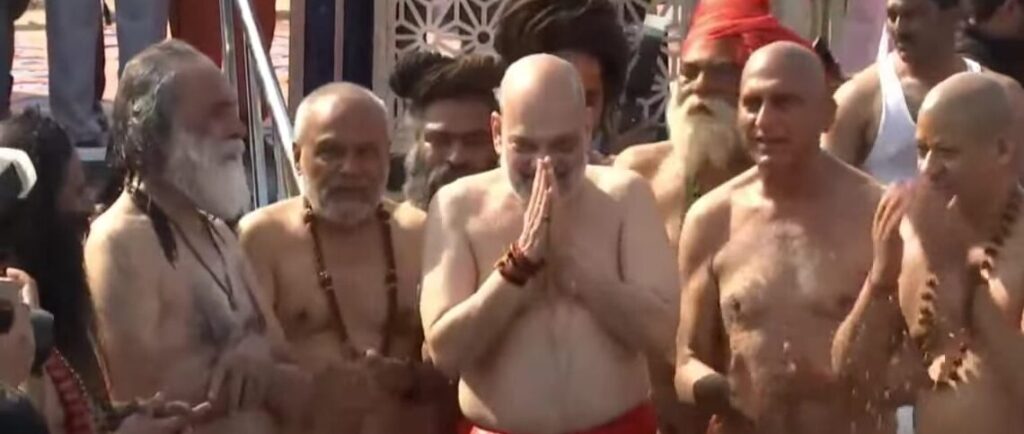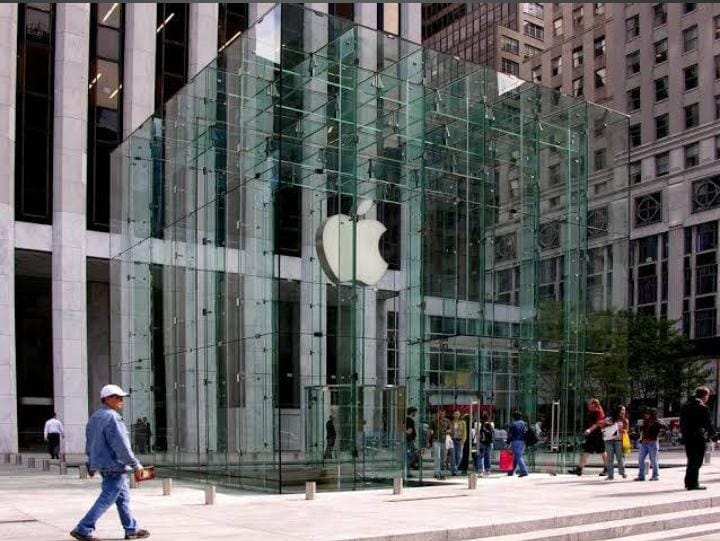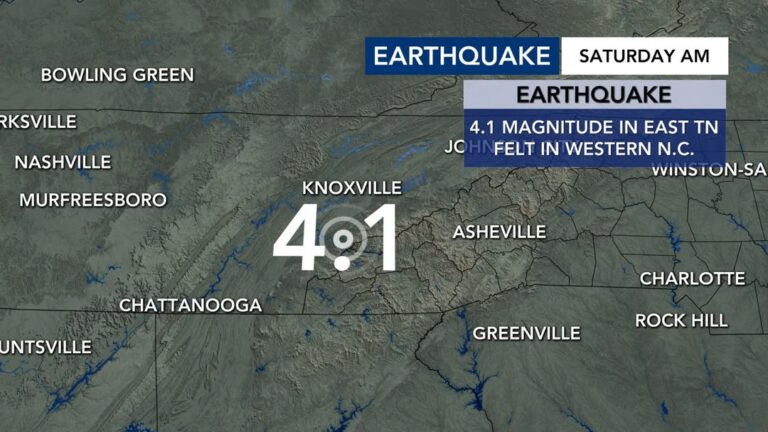
Amit Shah Takes Holy Dip at Maha Kumbh, Joins Ramdev in Spiritual Journey – A Social Media Sensation
Date: 27th January 2025
In an event that blended spiritual symbolism with political significance, Amit Shah, India’s Union Home Minister, took a holy dip at the Maha Kumbh Mela in Prayagraj on Sunday. Accompanied by the renowned Yoga Guru Baba Ramdev, Shah’s participation in the sacred ritual at the Triveni Sangam, the confluence of the Ganges, Yamuna, and the mythical Saraswati river, sparked massive attention both offline and online.
The Maha Kumbh: A Spiritual Milestone
The Maha Kumbh Mela is one of the largest religious gatherings in the world, and Prayagraj is home to this grand event, held once every 12 years. For millions of Hindus, the dip is not just a ritual but a significant spiritual moment, symbolizing purification and salvation. It is believed that taking a dip in the holy confluence washes away sins, granting peace and prosperity.
Amit Shah’s participation in the event has not only garnered national attention but has also had a profound impact on social media, with discussions ranging from his political role to the deeper spiritual implications of the moment.
Ramdev and Shah: A Blend of Politics and Spirituality
Baba Ramdev, a spiritual figure and promoter of Indian traditions like yoga and Ayurveda, has always been a vocal supporter of Indian cultural values. His presence alongside Amit Shah at the Kumbh Mela added a new layer of symbolism, where the political and spiritual worlds intersect. Ramdev, with his vast social media following, has been instrumental in shaping the discourse around health, wellness, and spirituality in India. His role at the event amplified Shah’s presence, creating a buzz not just among devotees but also on digital platforms.
The social media reaction to their joint appearance has been mixed—some praising the blend of spirituality and leadership, while others questioning the political symbolism. Nonetheless, the visuals of both figures at the holy dip, bathed in the sacred waters of the Triveni Sangam, went viral almost immediately, with millions of people across India sharing the images and videos on platforms like Twitter, Instagram, and Facebook.
Social Media Influence: Amplifying the Kumbh Mela Experience
In today’s digital age, no significant public event goes unnoticed without social media’s influence. The hashtag #AmitShahKumbh went viral almost immediately after Shah and Ramdev’s appearance at the Triveni Sangam. The image of the two prominent figures together at one of the world’s most spiritual locations became the focal point of thousands of tweets, Instagram posts, and YouTube videos.
On Twitter, hashtags such as #MahaKumbh2025, #AmitShahAtKumbh, and #RamdevAtKumbh trended for hours, with reactions from politicians, spiritual leaders, and even international figures. The influencers in the health, fitness, and spirituality sectors shared their insights and personal thoughts on the importance of the Kumbh Mela, while political figures either celebrated the moment or criticized the merging of spirituality with politics.
On Instagram, influencers and celebrities who were present at the event posted pictures and videos with Shah and Ramdev, leading to an outpouring of comments from their followers. The moment not only gave the political figures a platform to connect with people but also amplified the Kumbh’s message of unity, peace, and spiritual rebirth.
Amit Shah’s Message and Its Digital Resonance
After taking the holy dip, Amit Shah addressed the media and the gathered crowd, sharing his thoughts on the significance of the Kumbh Mela in India’s cultural and spiritual context. He emphasized the unity of the nation, the importance of spiritual harmony, and how events like the Kumbh bring people together from diverse backgrounds.
His speech resonated across social media, with a large section of his followers and supporters praising his views on national integration and spirituality. On the other hand, his detractors pointed out the growing politicization of religious events, questioning whether such gestures were intended for political mileage.
“The Kumbh Mela is not just a religious occasion, it is an opportunity for us to reflect on our shared values and the strength of our unity as a nation,” Shah said in his address, which garnered hundreds of thousands of views on platforms like YouTube and was widely discussed on Facebook.
Ramdev’s Spirituality and Influence
Baba Ramdev, known for his widespread influence on social media, particularly through his yoga and wellness teachings, further amplified the Kumbh’s spiritual message. Ramdev’s own social media channels were abuzz with posts and videos, showing his participation in the sacred dip along with Shah. His messages about the importance of mental peace and spiritual discipline resonated strongly with his followers, many of whom shared his posts with motivational hashtags like #PeaceInKumbh and #YogaForSoul.
Ramdev’s social media following spans across millions, making him a key influencer in the digital spiritual space. His presence at the Kumbh Mela also brought in a younger, tech-savvy demographic that resonated with his messages of health, wellness, and spirituality. Many young users shared videos of themselves participating in the Kumbh Mela or practicing yoga, citing Ramdev as their inspiration.
Political and Cultural Implications
Amit Shah’s participation in the Kumbh Mela is not only a spiritual statement but also a political one. His connection with the religious and cultural fabric of India has been strengthened through his appearance at the event, reflecting the growing merger of politics with religion in contemporary Indian society. This blending of spirituality with politics has been a recurring theme in the current government’s approach to public engagement.
Social media plays a significant role in how political leaders project their image and connect with the masses. The overwhelming engagement on Shah’s Kumbh visit highlighted the critical role that digital platforms now play in shaping political narratives. Political leaders increasingly use these platforms to connect with their audience, turning events like the Kumbh Mela into virtual spectacles that resonate far beyond physical gatherings.
Conclusion: The Kumbh Mela in the Age of Social Media
Amit Shah’s holy dip at the Maha Kumbh Mela, alongside Baba Ramdev, has underscored the role of social media in amplifying the spiritual significance of such events. With millions of posts, reactions, and discussions online, the event transcended its religious roots to become a global digital phenomenon. In an age where spirituality and politics intersect seamlessly in the online world, the Maha Kumbh proved to be as much a cultural and political event as it was a deeply spiritual one.
As the Kumbh Mela continues, it will undoubtedly remain at the center of online discourse, with both spiritual leaders and political figures leveraging the power of social media to engage with an increasingly connected and digital world.



